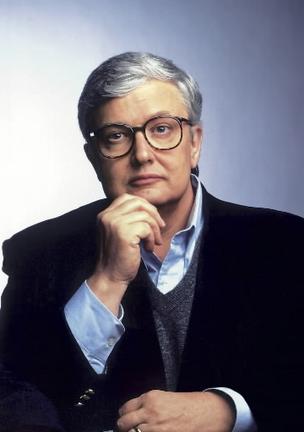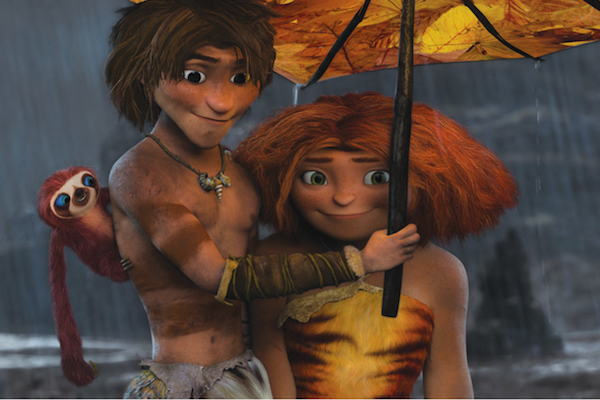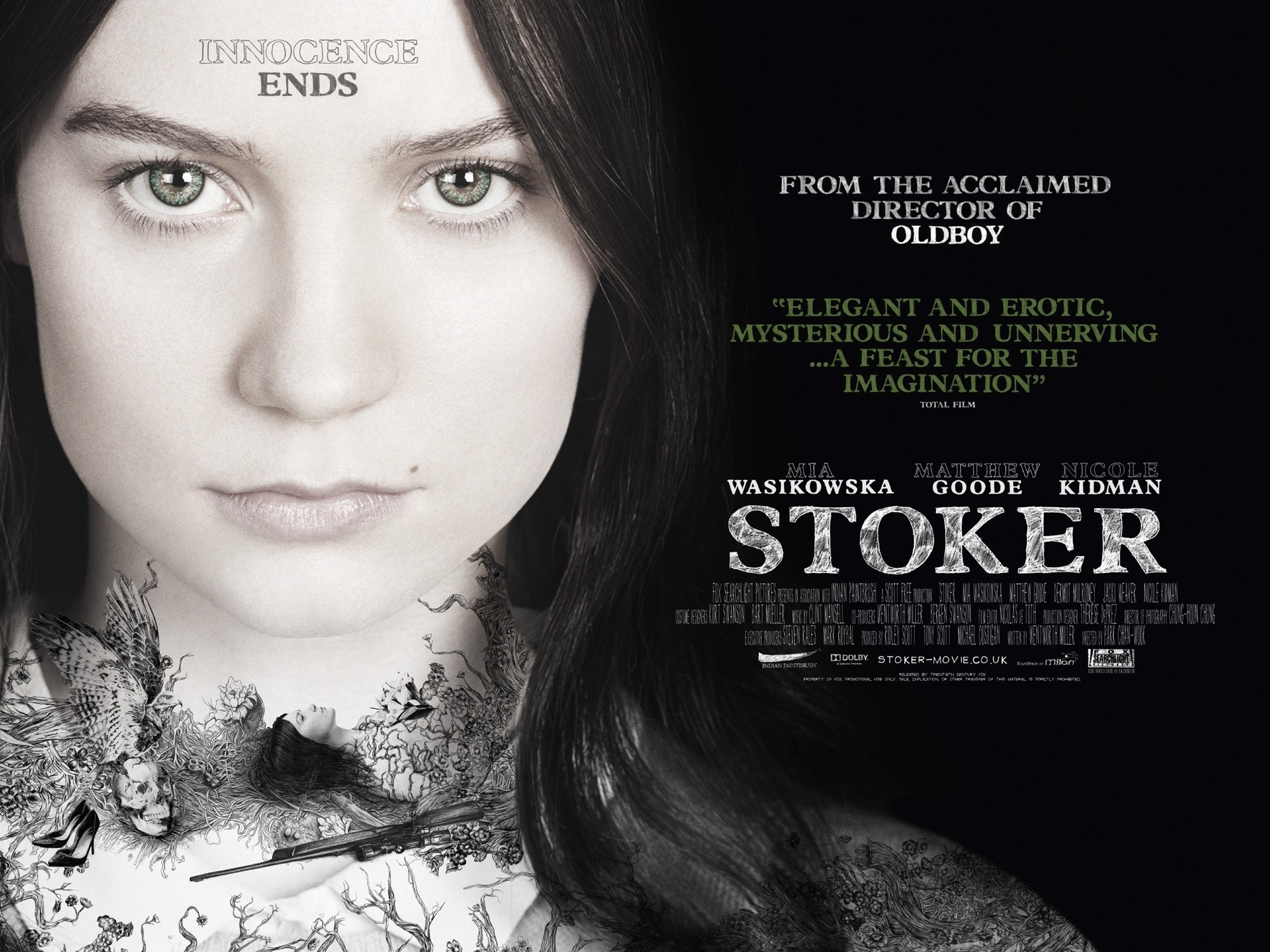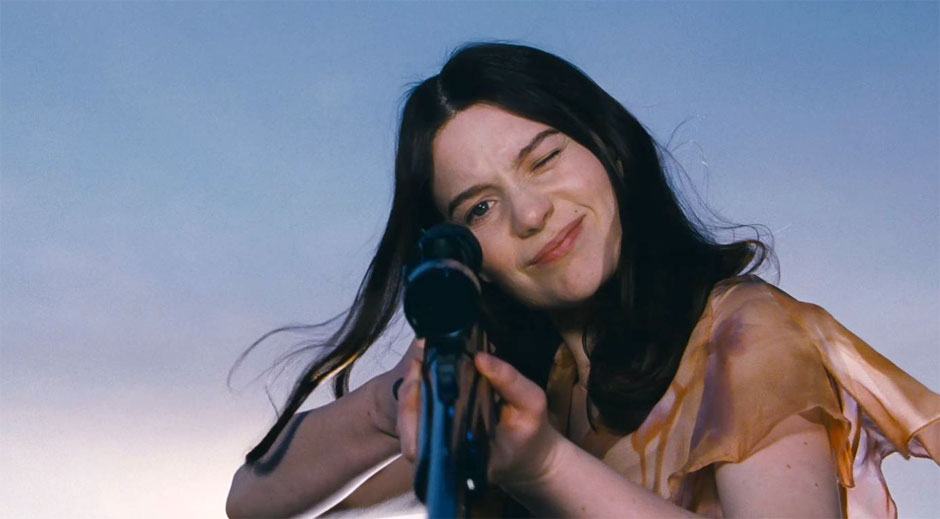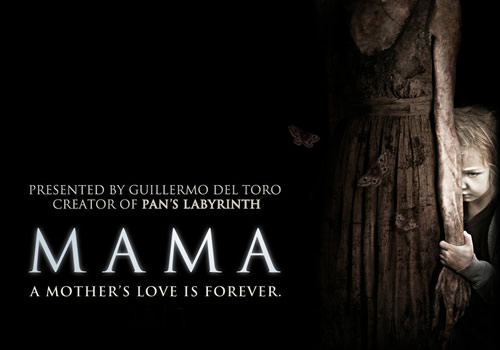Though peppered with a little variety, the majority of the films I have booked myself into at this years festival are new cinema from across the festivals of the world.
Watchtower (2012)
 (Gözetleme Kulesi)
(Gözetleme Kulesi)Location - Queens Film Theatre
Director - Pelin Esmer
Country - Turkey, Germany
Starring - Olgun Simsek, Nilay Erdonmez
Running Time - 100 minutes
Synopsis - A man and a woman seeking refuge from the world: Nihat at a remote forest fire tower, Seher in her room at a rural bus station. When their lives collide, each now has to fight their battle of conscience before the other.
If cinema can extract the beauty from the darkest of places, it can also sterilise the most wondrous of worlds. Where the likes of Terrence Malick brings out the most rapturous power in his landscapes, Turkish film maker Pelin Esmer finds nothing but indifference. Her underscored drama Watchtower is set within the beautiful mountain regions near capital Kastamonu, but her characters are so broken by life that they cannot see the majesty of what unfolds in front of them.
Split between two primary protagonists, Esmer's film looks into the distances we put between ourselves and others as a barrier in the face of destruction. The first is Nihat, a middle aged man struggling to come to terms with the accidental death of his wife and child has taken a job as a forest fire scout, but cannot find the solace or isolation he needs through the constant radio chatter of his fellow co-workers. This simple and intrusive device never adds up to the critique of our boundaries that Esmer seemed to be applying, it instead offers a comforting annoyance to know that the world moves outside the dreary company of Nihat. The second is Seher, a collage girl left pregnant by the uncle who's care she was in and abandoned by her parents, who works at the bus company near the shops Nihat visits. Their interaction is fleeting, though the film cannot draw any empathy from the characters, their non-relation or their situation because Esmer fails to draw connections to each of the characters, opting only for parallels.
Like the work of the Dardenne brothers, Watchtower is centered around a single, pivotal collision of moral obligation, of guilt and desperation. Here it comes from Seher's abandonment of her new born child, an act observed by Nihat, whom rescues the child and takes them both to his watchtower in an attempt to save them both.
Watchtower is over-encumbered by the weight Esmer adopts onto the shoulders of the audience. The flat digital cinematography does find the indifference of the main characters, but not the essence. There is so little hope to be found here, Nihat's attempted redemption doesn't come from an inner force, but from necessity. Likewise Seher finds so little compassion in herself as she nurses her child that you wonder if she is beyond help. As a meditation on nihilism and guilt, it merely wallows in the sterile, absence of beauty cast in the lonely shadow of the observation.
Radio Free Albemuth (2010)
Location - Queens Film Theatre
Director - John Alan Simon
Country - USA
Starring - Jonathan Scarfe, Shea Whigham, Katheryn Winnick
Running Time - 100 minutes
Synopsis - Berkeley record store clerk Nick Brady (Jonathan Scarfe) begins to experience strange visions from an entity he calls VALIS that cause him to uproot his family and move to Los Angeles where he becomes a successful music company executive.
Giving rise to some of Hollywood's most recently acclaimed science fiction films Phillip K. Dick's stories have risen from underground to a house hold name. Though fans of the novelist are sure to be less than thrilled when it comes to the treatment of his work, see (The Adjustment Bureo.) Still given that Radio Free Albemuth is being heralded by some as the most faithful rendition of Dick's paranoid vision of the world around him then maybe we should be more thankful of Hollywood's interference (okay, so we'll not go that far.)
I'm being overly harsh on Radio Free Albemuth, this is clearly a love letter written on budget bog roll. First time director John Alan Simon has done his best to faithfully adapt Dick's story of meta-mechanics, authoritarian governments and paranoia into the cinematic form, but has clearly been so hampered by the budget that it loses itself in layers upon layers of text. Dick's story is most definitely suited to the written word, where in, with an understanding of the context (this was Dick's attempt at understanding a transcendental experience he had in 1974) the talk of religious alien visions and subliminal messages would be given a greater sense of place and personal exploration (Dick places himself as a figure in the novel.)
Though the actors try their best, the script is so clunky in its exposition and ideas that it comes off as undeniably amateurish. To it's credit however, the cheap look of the sets and laughable special effects do sell a strange and surprisingly textual unreality, a similar effect to that of Cronenberg's Cosmopolis from last year, only without the cinephile mastery of the art. A noble misfire, one perhaps aimed not at me but for the fans across the stars.



